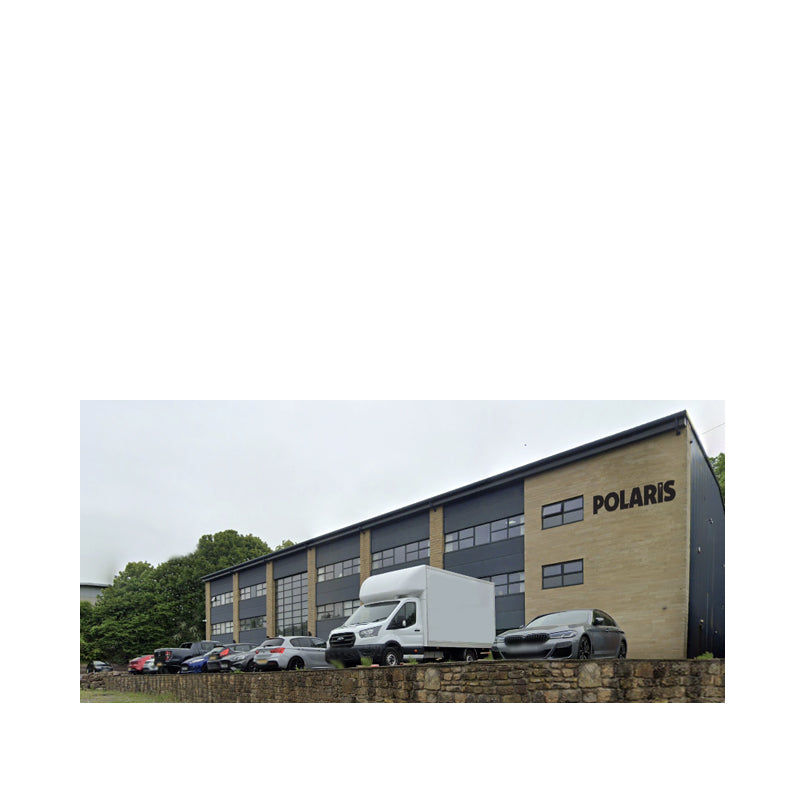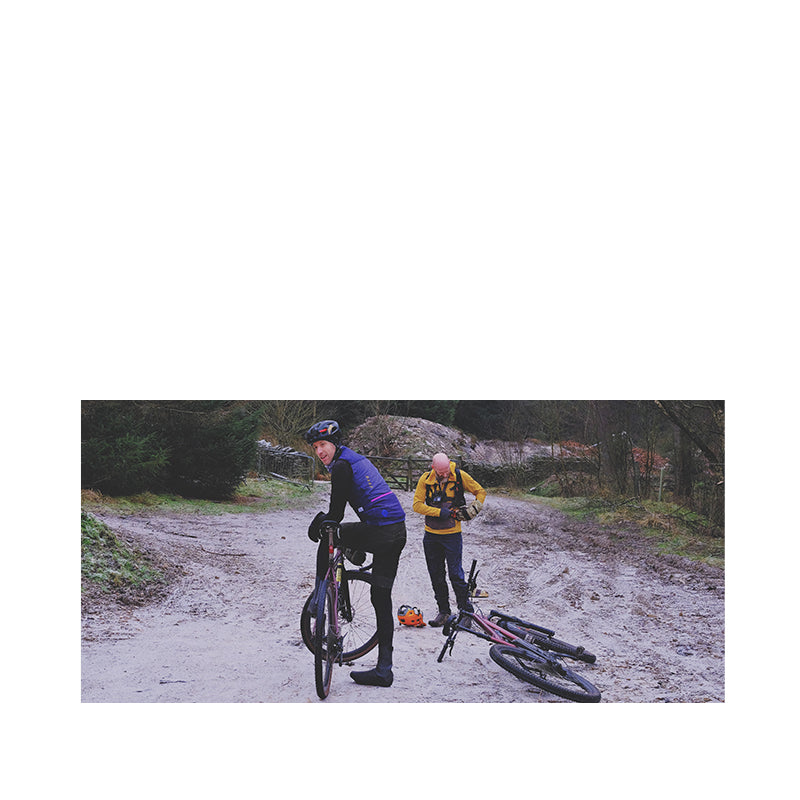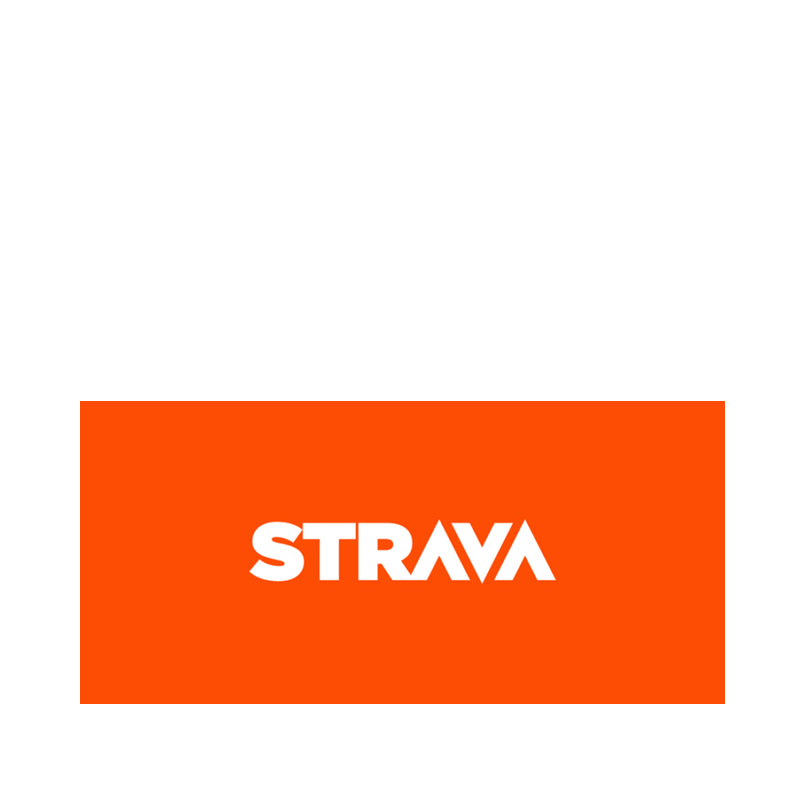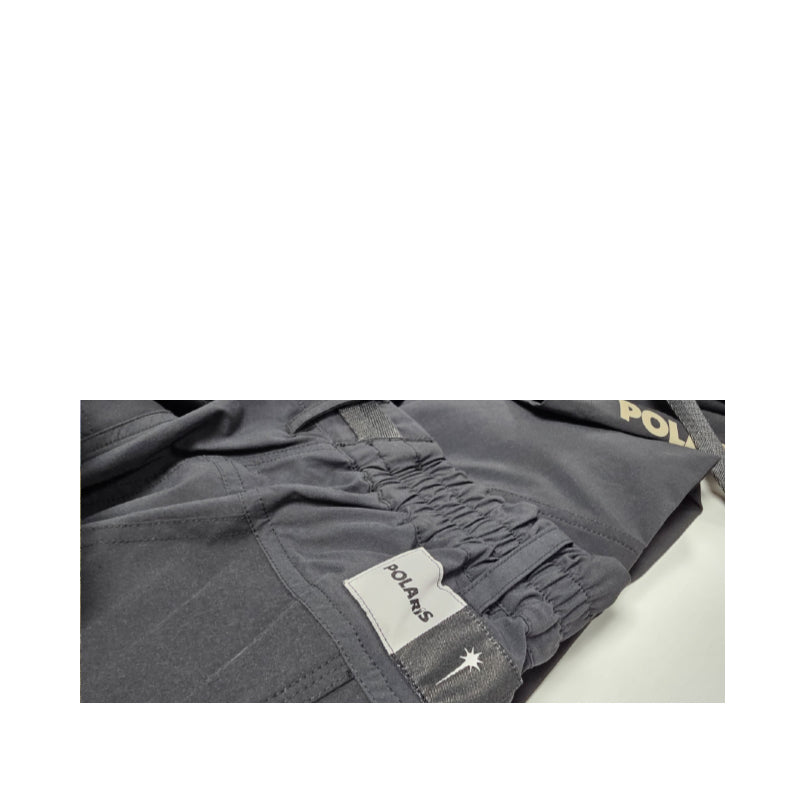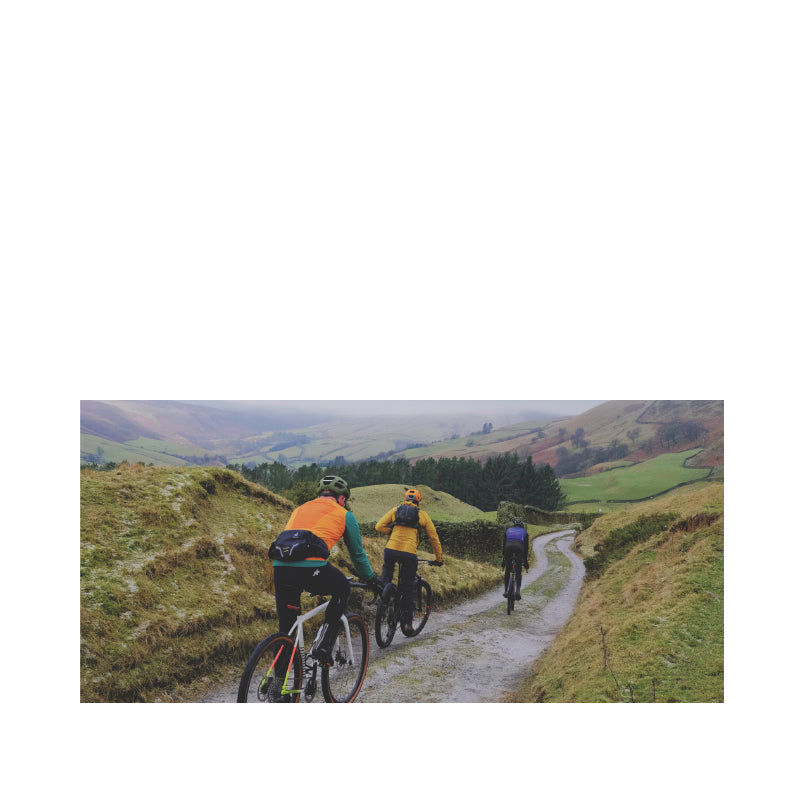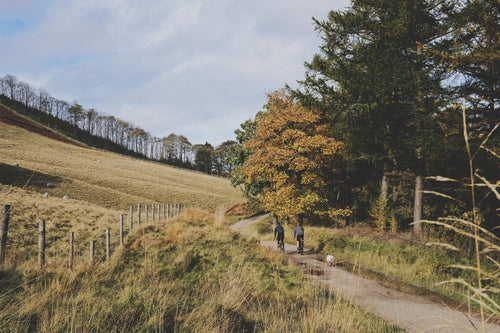There is a lot of information regarding diet and nutrition out there at the moment. So how do you chew through the hype to find the information worth digesting? Well, we’ve taken the usual Polaris approach of giving you our experience-led essentials so you can decide for yourself without the usual cost and cobblers.
In part one of a series, Guy Kesteven talks through some basics of nutrition.



Don’t you do clothes not food?
I’ll start off by saying that none of us at Polaris are nutritionists or sports scientists with any kind of qualification or research to our names. However, we like to think several centuries of combined riding experience, including both endless energy days and pitiful post bonk crawls gives us a good insight into real-world ride fueling. We’ve also got a range of preferences, personal choices and levels of dietary discipline in the team too. So hopefully you’ll find our wisdom useful.
The nutritional basics
A basic understanding of the main players involved in keeping your legs turning can be really helpful for working out what to eat and drink.
Water
While dying of thirst isn’t likely to be an issue here in the UK, getting dehydrated will dramatically reduce your performance and potentially cause your guts serious damage. Dehydration can also affect the way your body processes other fuels too, so running dry can be a double whammy. Only a few percent drop in your body’s fluid levels is a serious issue but it’s not communicated as widely as hunger or the low blood sugar ‘bonk’. That means it’s easy to forget until you’re thirsty, by which point you’re already playing catch up.
The way you to avoid dehydration is to top up beforehand then sip from your bottle or hydration pack regularly from the start. Ideally, aim for as much as 500ml an hour if you’re sweating or breathing hard, and at least half that if you’re cruising.
This is important for cold days too: you’ll still be losing a lot of water in sweat and steamy breath even in freezing conditions. Added to this, your body will still be using a lot of fluid for all the vital digestive and circulation processes that keep you alive. So keep drinking, even when it’s cold.
Energy Drinks
We’ve deliberately said water above as you’d be amazed how many ‘drinks’ will actually dry you out rather than help you hydrate. Pretty much anything in a bottle or can, especially ‘energy drinks’, are so saturated with sugars and other ingredients they’ll actually need more water to process than they put in. Most high-carb sports drinks cross the line into debit rather than credit too. And don’t always be fooled: ‘isotonic’ labelling is incorrectly applied to all sorts of concentrated sugary, salty rubbish. If in doubt, check the label and assume anything that has more than 10% extra ingredients compared to the fluid weight is a loss not a win.
Sugar
Speaking of sugar, it’s the fastest way to get energy into your system. However, too much glucose too fast is the nutritional equivalent of sprinting flat out from the start and blowing up ten minutes later. That’s because whether it’s Haribo, jam, fruit, soft drinks etc. the body will often overreact to the sudden burst of simple sugars and spike energy and you’ll be left feeling sick and spanked as it crashes.
That’s why most science-based sports drinks and energy bars work on a 2:1 ratio of complex carbs (slow processing) to simple sugars (fast processing). That way you get a quick energy boost ahead of a sustained release that won’t freak your body out. To summarise, sugar/glycogen/carbs are the fastest way to refuel but also the fastest to fail if you get the mix wrong or flood the engine.

Fat
If sugar is the quick one, then fat is the steady one. It’s an extremely dense energy store too, with over twice the caloric content of sugar and protein (9 cals per gram in fat vs 4 cals in sugar and protein). However, your body takes longer to process fat than sugar & protein, so it’s not good for a quick energy hit.
That processing issue is only going to get worse the harder you’re riding as your body will switch fuel resource priority from the digestive tract to the muscles. Nibbling a pie or fatty flapjack over the course of a few hours can provide a useful background slow burn. However, there is a limit. If it’s ‘greasy enough to make the packet see through’ then it’s probably worth avoiding.
Protein
You can’t move for protein additives in everything from Mars Bars to yoghurt at the moment, but unless you’re working hard enough to be aching the day after every ride you’re probably getting all the protein you need. And while protein is vital for building muscle, if you eat more than you need those calories are just going to end up on your belly not your biceps.
Electrolytes
Some brands will throw all sorts of stuff into an electrolyte drink that’s designed to replace the minerals you lose by sweating. But some of the percentage inclusions are way more than needed. Unless you’re suffering from cramp on a regular basis, we’d suggest your body has itself balanced out and electrolytes might not be of further use.

Caffeine and friends
If you think of caffeine/guarana/taureine as sugar for your brain then that’s probably all you need to know. It can be a definite boost in terms of pep and concentration (and possibly muscle function and fuel processing depending what research papers you read).
However, once it fades from the initial hit, you risk properly hitting the wall. That means it’s probably best saved as a final emergency option, or at least treated with respect.
So that’s our take on basic dietary data, but what else do you need to know to make the most of your meals and snacks before, during and after riding? Well, we’ve covered all of that in part 2 of our Food for Thought feature.
Some Team Polaris food choices
Ben
“I often fall into the trap of thinking I perform better on an empty stomach. However, for a demanding ride, my go-to breakfast is a hearty bowl of skyr yoghurt mixed with oats or muesli, complemented by dates, a banana, or another fruit, and finished with a drizzle of honey. This combination provides the perfect balance of energy and sustenance.”
“Pork pie it’s compact, savoury, and packs a surprising punch when you need that energy boost. Plus, the novelty of munching on a pork pie during a ride never fails to amuse. I reckon it's my secret game-changer!”

Mark
“My worst food mistake was at one of my first run races - the Bath Half Marathon. One of the prizes for completing was a Mint Aero. Bad idea. Instant vomit. Now can’t even look at them in the shops.”
Tom
“Pre ride breakfast is a big bowl of porridge. Lob some peanut butter, jam, and seeds in if you're feeling fancy. I had to train myself to be able to eat in a morning. I was a Nuti-Grain bar and kicked out the door kind of kid.”
“Never ever ever cafe stop. Petrol station forecourt is where the cool kids hang out.”
Kyle
“I try and eat as much as possible the day before, I don’t mind what I'm getting in as long at its going in.”
“I always have gels as that's all I’ve ever had on the bike or a run, but I’ll do a pre ride garage stop for convenient breakfast stuff if needs be.”
Barry
“I shop very specifically from my favourite nutrition brand and my ‘break glass’ high-caffeine gel, always gets me home”
“I once swam the 5k open water champs in Northern Ireland and decided to ride the 130 miles home through the Mourne Mountains. Bonked so bad I was gently weeping to myself. I found 40p in my saddle bag and bought the most amazing Curly Wurly.”

